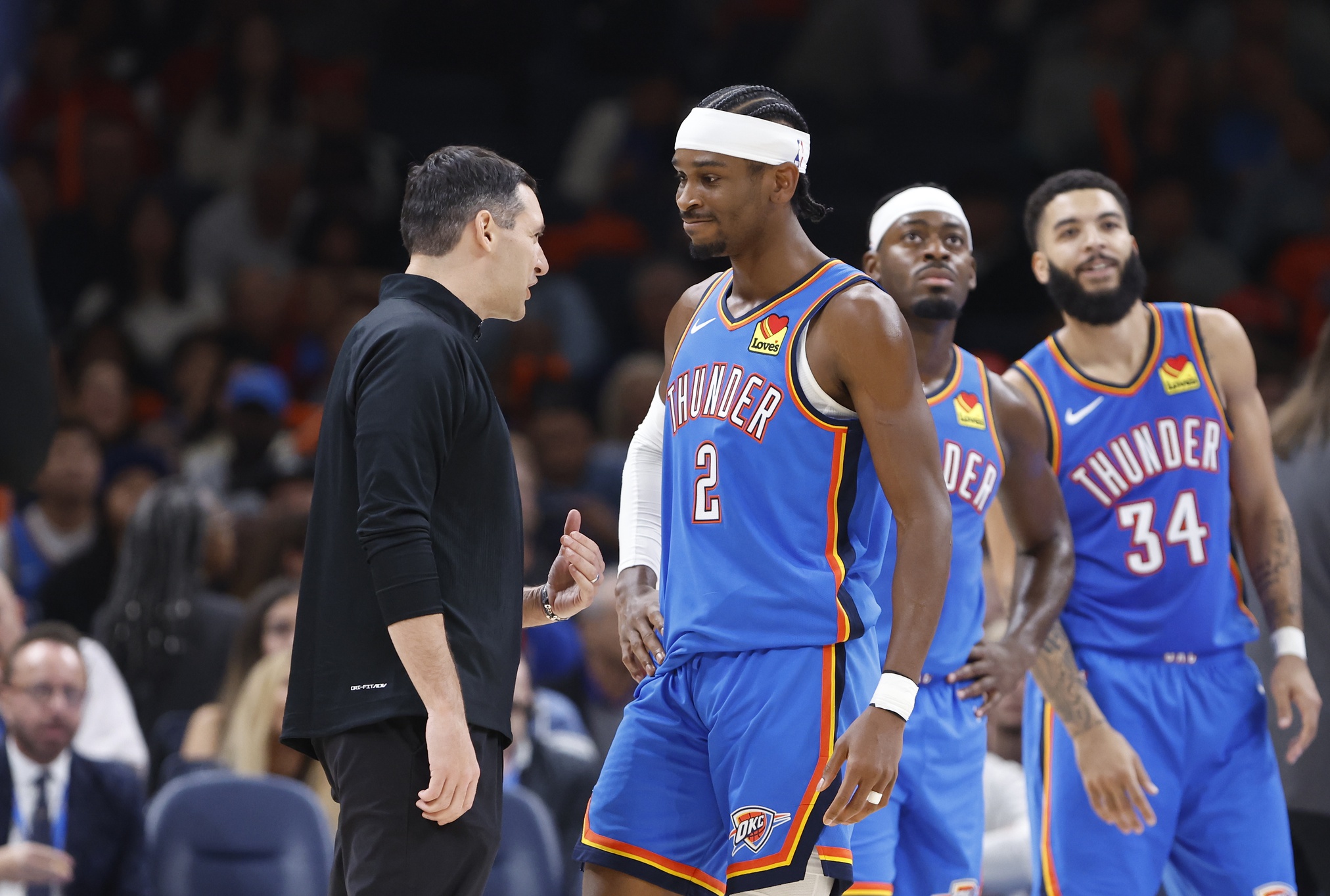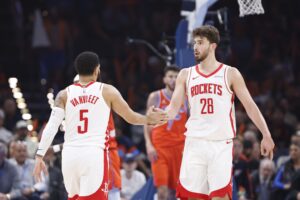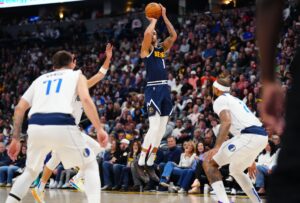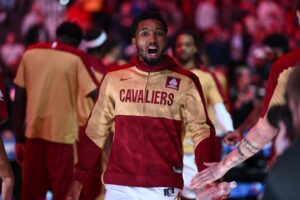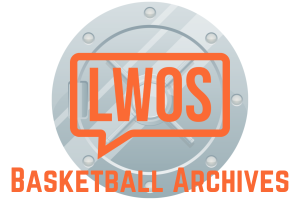Coming into the year, the Thunder addressed their need by getting more size with Isaiah Hartenstein. However, before the regular season started, both Hartenstein and Jaylin Williams went down with injuries and haven’t played in a single game yet. That left the Thunder with only one active center on the roster, Chet Holmgren. A couple of days ago Holmgren went down with an iliac hip fracture in their loss to the Warriors. His return-to-play protocol will be provided in eight-to-ten weeks. With no healthy centers on the roster for the Thunder, it has forced them to play small ball.
Since the Thunder started playing small ball, they have been 2-0, with wins over the Clippers and Pelicans. In addition, this group under head coach Mark Daigneault has been very successful playing small ball in the past. Furthermore, the question becomes why has this Thunder team been so successful in playing small ball over the last couple of years? Today, we will examine the reasons why the Thunder’s small ball lineup works and why they have been so successful in using it.
Why The Thunder Small Ball Lineup Works
Their Ability to Force Turnovers Negates Their Biggest Weakness
Even with Holmgren, the Thunder are not a good rebounding team. Now that they are forced to play small ball, that weakness shows up even more. The Thunder’s defensive rebound percentage is at 66.4% which ranks 29th in the NBA. In addition, their offensive rebound percentage is 24.8% which ranks 29th in the NBA. Finally, their total rebounding percentage is 46.0% which is dead last in the NBA. These numbers are only going to get worse with their injuries and because of these numbers, the Thunder allow a bunch of second-chance points. Playing defense is hard in the NBA to begin with, but giving your opponents multiple second-chance opportunities almost makes it impossible.
Looking at these numbers, you would think that they couldn’t afford to play small ball. However, the reason they can afford to give up these second-chance point opportunities is because their small ball lineup helps them negate that weakness. The Thunder’s ability to force turnovers, and the points they accumulate from those turnovers and fast break points, help negate their biggest weakness. They lead the NBA in steals per game and forcing turnovers. They are averaging 21.9 points of those turnovers which is second in the NBA. In addition, they average 18.1 fast break points which ranks fourth. The Thunder’s ability to do this, and how it negates the opposing team’s ability to get second-chance points against them, is a big reason why their small ball lineup works.
Their Ability to Force The Opposition to Play on Their Terms
The Thunder’s play with their small-ball lineup forces teams to play to their terms. Their lineup consists of all guards or forwards which forces the opposing center to guard someone they aren’t comfortable guarding which is an advantage for the Thunder. In addition, they play a five-out system that forces the defense out of the paint. With how much they drive to the rim with Shai-Gilgeous Alexander and Jalen Williams, plus having five guys who can shoot the three-ball, is too much for the opposing team to deal with having a center on the court.
Because of that, the opposing team is forced to not play their centers for a ton of minutes, or it forces teams to play strictly small ball. This is exactly what the Thunder want because most teams in the NBA need their center to be successful even if they don’t score a ton. In addition, it forces teams to go to a playstyle that most may be uncomfortable playing. That messes up their rhythm and how they want to play. Their ability to force teams into playing on their terms and their ability to negate their biggest weakness, are the two biggest reasons why their small ball lineup works and why they are 2-0 with it. If they were unable to be successful in doing those two things, then they wouldn’t be as successful with playing small ball.
Their Small Ball Success Allows Them to not be Forced into Making a Trade
When Holmgren went down, there were zero healthy centers for the Thunder and many people thought Oklahoma City would have to make a trade for one. There are three reasons why that is a bad idea for them to do. The first reason is they have a proven track record over the years that they can still be successful playing small ball. The second reason is none of their three centers are out for the year. They will be getting all of them back at some point throughout the season. There is no need to trade for one because of that. The final reason is they don’t have the cap space to just trade for a center and because of that, they would have to lose an asset on their team to get one.
For example, if they wanted to try and trade for a guy like Clint Capela, they would likely have to throw Lu Dort in that trade to match salaries. Since they are getting all three centers back, it makes zero sense to lose a player like Dort to get a center for a stretch of 10 or so games. The only way the Thunder would need to trade for a center is if Chet and Hartenstein were out for the year. Then they would need to trade for one because playing small ball might work in the regular season, but not so much after. In the playoffs, it is not as effective because the game slows down and the Thunders’s ability to create fast break points diminishes.
The Last Word on the Thunder Small Ball Lineup
The Thunder are 2-0 with their small-ball unit and they are only going to have to use it for around ten more games. Once those ten games are up Hartenstein and Jaylin should be back for the Thunder. As long as they stay committed to the defensive end and keep playing for one another and trusting one another. The Thunder should be able to get through this stretch and the next stretch without Holmgren.


